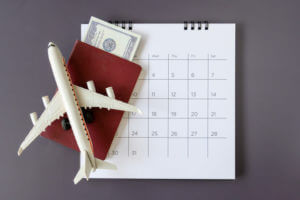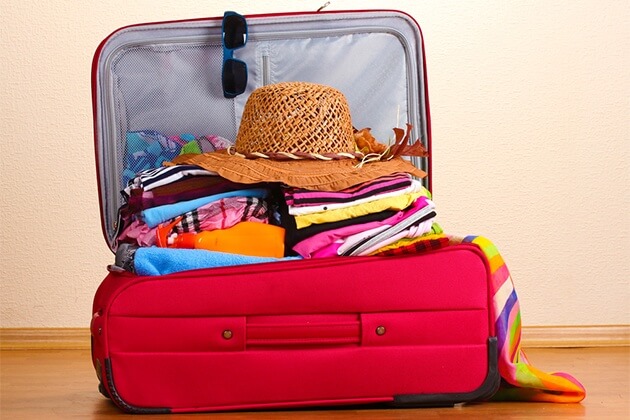
Cancun TWAA 2021
Click here to register
Information and registration about Tarot with an Attitude’s trip to Cancun October of 2021
Click here to register
This is an amazing resort this negotiated price.
** The all inclusive package includes: **
All Meals and Snacks
Alcoholic and non alcoholic drinks
24 Hour Room Service
Non-Motorized Water Sports
Introductory Scuba Lesson
Gym/Fitness Center
Spa Hydrotherapy Area
Nightly Entertainment
Royalton Riviera Cancun, an all-inclusive resort in Riviera Cancun, sits perched on a dazzling strip of powdery white sand. Your All-In Luxury® vacation starts the second you arrive, with every aspect of your stay designed to deliver a personalized experience that awakens and enriches the senses. This all-inclusive vacation features a selection of luxury accommodations and thoughtful touches throughout, including the DreamBed™ designed exclusively for Royalton Resorts, 250 thread count sheets, 24-hour room service, free Wi-Fi, All-In Connectivity™ and several other perks and privileges.
All-In Luxury® continues with reservation-free gourmet cuisine at 9 restaurants and at 12 bars where you’ll enjoy a wide selection of specialty cocktails, international and local brand liquors, beers and house wines.
There is a Facebook group with more info here









